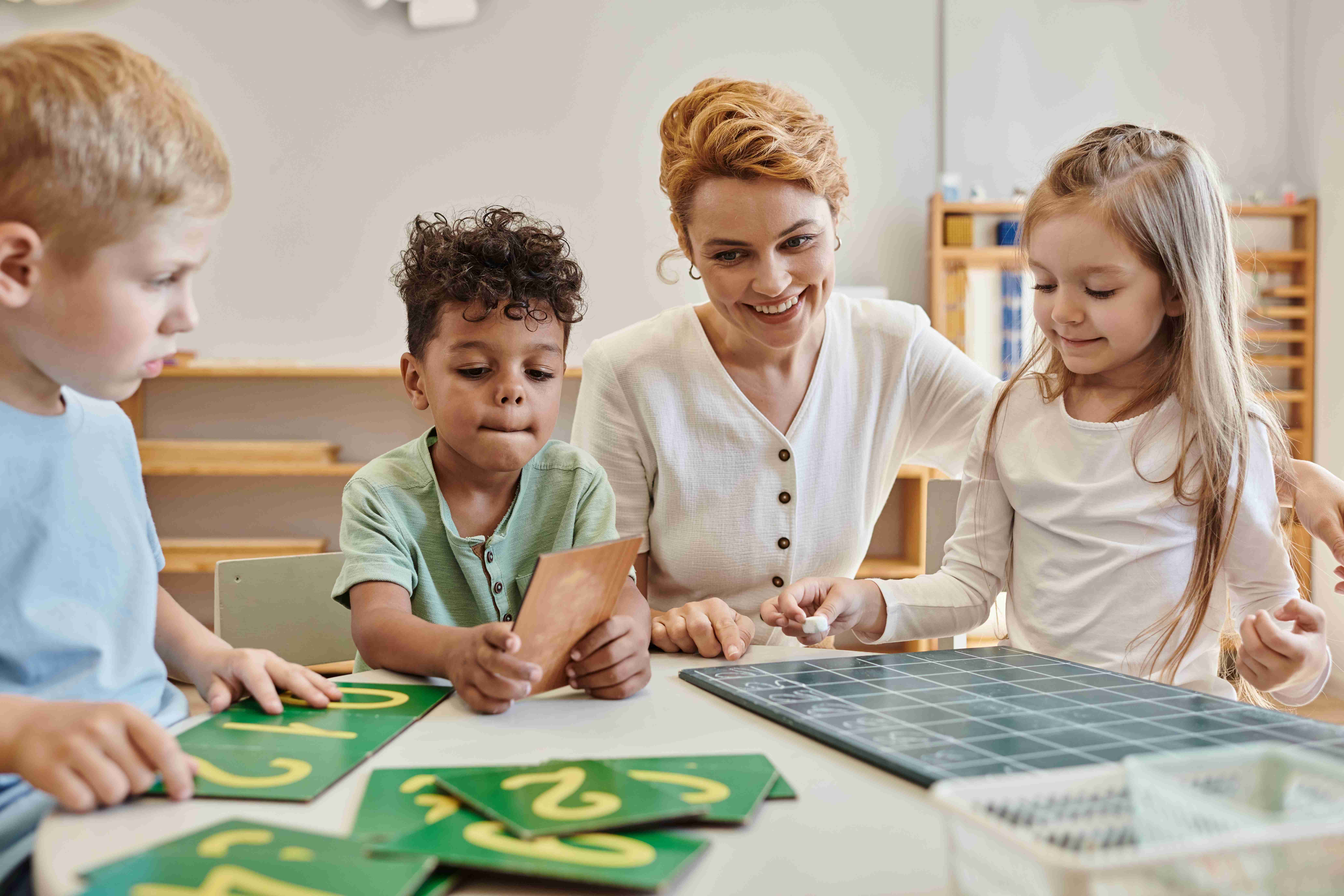The turn of the calendar year has traditionally been a time to reflect on the last 12 months and identify areas that need improvement. Experts say that children aged between 7 and 12 are in their prime time for developing habits that will define their teen years and even their adulthood. They are big enough to know good and bad habits, which makes them capable of making their own New Year’s resolutions.

At the same time, they need love and guidance from their parents to reassure them that they are on the right track. Your children are only learning to be mindful and respectful of other’s perspectives, and handling tasks more independently. With this, they will begin to realize areas that they can improve on if nurtured in the right environment.
So, how can you help your child make and keep good New Year’s resolutions?
- Set A Good Example
Children learn a lot from observing the people around them. So, be a good role model by making and keeping resolutions. When ushering in the New Year, consider sitting down as a family to review your own successes of the past year as you set new goals.
- Stay Positive About Setting Resolutions
Present the start of the New Year as an opportune time for your children to reinvent themselves in a big way. Discuss their achievements for the past year and how they can grow by setting new targets.
However, experts recommend that you don’t make resolutions for your children. Instead, suggest general areas for change and help them clarify their goals. Children must set the resolutions themselves so they take ownership of their goals and learn to plan.
- Narrow Down The List
It is best that your children work on only two or three resolutions. Your focus should be gradual change with achievable goals, as opposed to long lists that are not followed through on. When you discuss several or more New Year’s resolutions, let your child pick three, age-appropriate goals. They should be solid, specific, and manageable.
- Each Goal Should Have Smaller Steps
When your child picks his/her New Year’s resolutions, each of them should then be broken down into several easy, achievable steps. For instance, if your child wants to keep his/her room neater, he/she can write down easy steps that are more like weekly goals, such as putting the shoes in the closet for the first week, putting away toys in the second week, etc.
Lastly, make resolutions together, and make it a ritual. There’s already a sense of closeness during the holidays, so you can use this energy to discuss something serious in a fun way. Follow up on how your children are doing tactically without nagging. Lapses are common, but they don’t mean failure. When your child forgets a resolution, help them get thrilled about it again.
For ideas on age-appropriate New Year’s resolutions for your children, contact us today.
